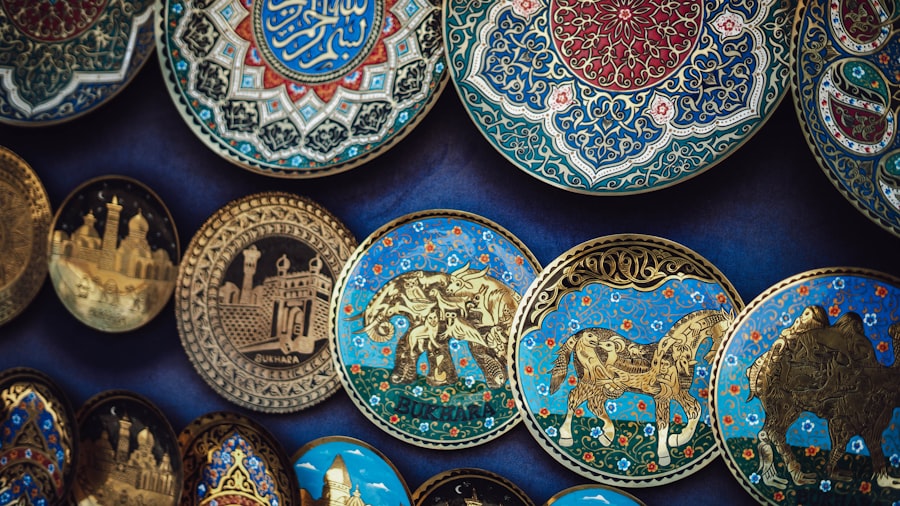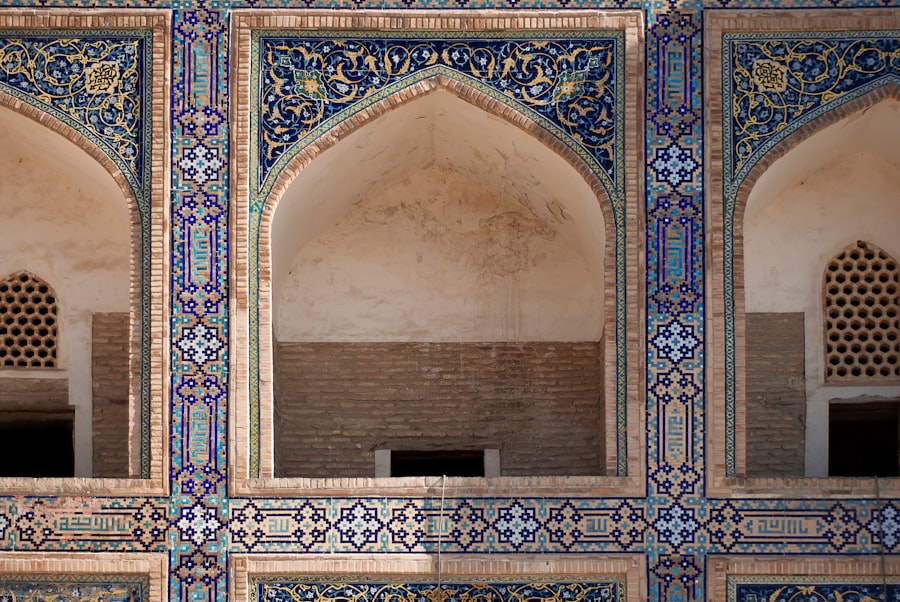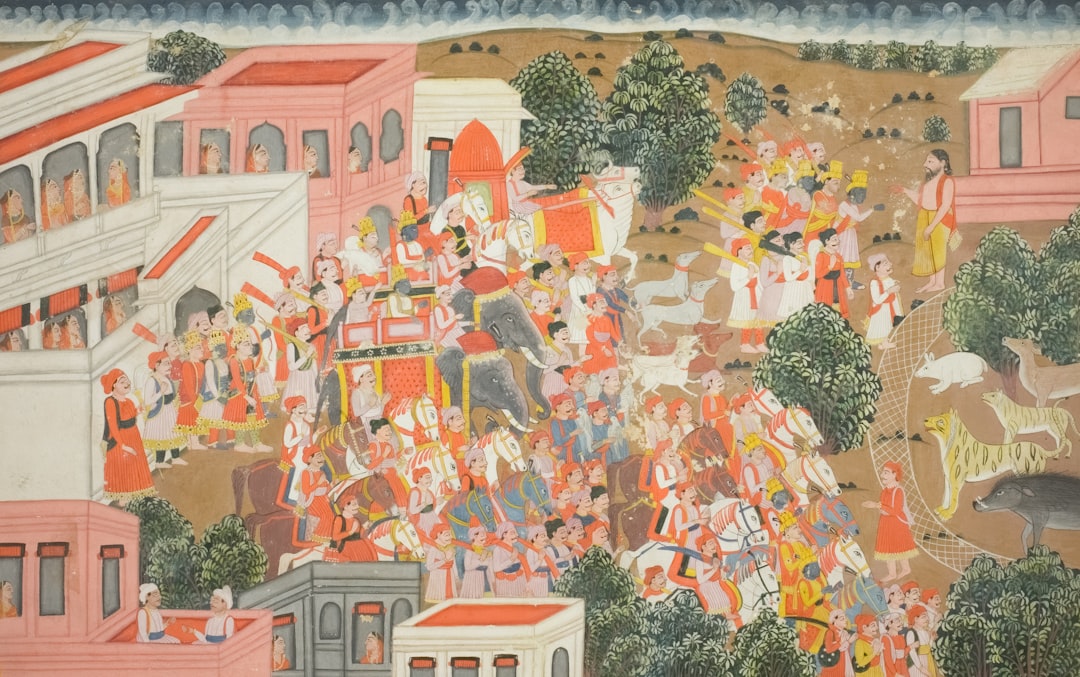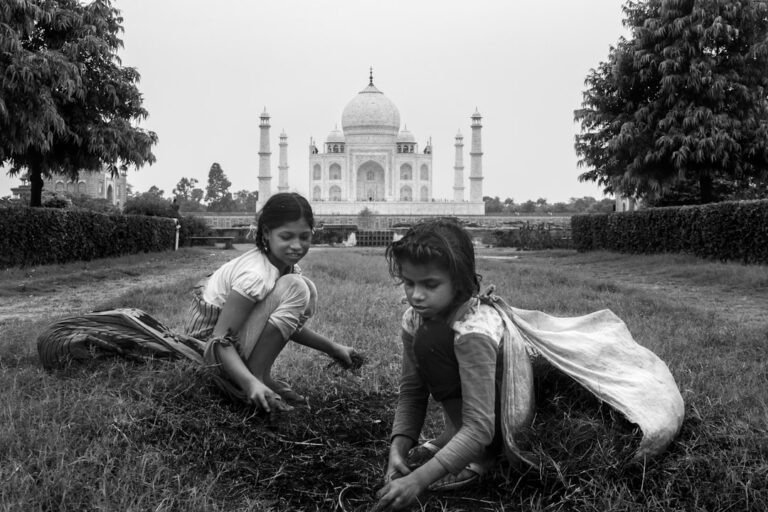The Indo-Persian chronicles represent a unique confluence of cultures, languages, and histories that emerged primarily during the medieval period in the Indian subcontinent.
The term “Indo-Persian” itself signifies a blend of Indian and Persian influences, which became particularly pronounced during the rule of various dynasties, such as the Mughals, who patronized Persian literature and art.
The chronicles serve as vital documents that provide insights into the socio-political landscape of their time, reflecting the complexities of identity, governance, and cultural exchange. The significance of these chronicles extends beyond their historical content; they are also a testament to the intellectual and artistic achievements of their era. Written in Persian, a language that became the lingua franca of the Indian elite, these texts encapsulate a wide range of subjects, including history, poetry, philosophy, and even science.
The Indo-Persian chronicles not only document events but also offer interpretations and reflections on the human experience, making them invaluable resources for understanding the past. As we delve deeper into this fascinating subject, it becomes evident that these chronicles are not just relics of history but living documents that continue to influence contemporary culture and scholarship.
Key Takeaways
- Indo-Persian Chronicles are historical accounts written in Persian language about the Indian subcontinent.
- The fusion of Indian and Persian cultures led to the development of Indo-Persian Chronicles during the medieval period.
- Indo-Persian Chronicles were influenced by both Indian and Persian literary and artistic traditions, resulting in a unique blend of styles and themes.
- Key figures such as Amir Khusrau and works like “Ain-i-Akbari” played a significant role in shaping Indo-Persian Chronicles.
- The impact of Indo-Persian Chronicles on culture and society can be seen in the fields of literature, art, and language, and their influence continues to be felt today.
Historical Background of Indo-Persian Fusion
The historical backdrop of Indo-Persian fusion can be traced back to the arrival of Persian-speaking peoples in the Indian subcontinent, particularly during the invasions led by figures such as Mahmud of Ghazni in the 11th century. These early incursions marked the beginning of a significant cultural exchange between the Persian and Indian civilizations. The establishment of the Delhi Sultanate in the 13th century further solidified this interaction, as Persian became the official language of administration and culture.
This period saw an influx of Persian scholars, poets, and artists who brought with them their rich literary traditions, which began to intermingle with local Indian customs and languages. The Mughal Empire, which rose to prominence in the 16th century, epitomized the zenith of Indo-Persian cultural synthesis. Under emperors like Akbar, Jahangir, and Shah Jahan, Persian art and literature flourished alongside indigenous Indian forms.
Akbar’s court became a melting pot of ideas where scholars from various backgrounds collaborated to produce works that reflected both Persian and Indian influences. This era witnessed the creation of monumental architectural wonders like the Taj Mahal and the development of new literary genres that blended Persian poetic forms with Indian themes. The historical context of this fusion is crucial for understanding how Indo-Persian chronicles emerged as a distinct genre that captured the essence of a culturally rich and diverse society.
Literary and Artistic Influences in Indo-Persian Chronicles

The literary influences in Indo-Persian chronicles are profound and multifaceted. Persian literature, with its rich tradition of poetry and prose, provided a framework upon which Indian writers could build their narratives.
For instance, poets like Amir Khusrau played a pivotal role in integrating Indian themes into Persian verse, creating a unique style that resonated with audiences across cultural boundaries. His works often celebrated the beauty of nature and love while incorporating elements from Indian folklore and mythology. In addition to poetry, prose narratives in Indo-Persian chronicles often drew inspiration from earlier Persian historical texts such as “Shahnameh” by Ferdowsi.
These chronicles not only chronicled events but also employed allegorical storytelling techniques that enriched their narratives. The artistic influences are equally noteworthy; miniature paintings that accompanied these texts showcased a blend of Persian artistic styles with Indian motifs. The vibrant colors and intricate details found in these illustrations reflect a shared aesthetic sensibility that transcended cultural divides.
This artistic collaboration resulted in a visual language that was uniquely Indo-Persian, further enhancing the appeal and significance of these chronicles.
Key Figures and Works in Indo-Persian Chronicles
Several key figures emerged as pivotal contributors to the Indo-Persian chronicles, each leaving an indelible mark on this literary tradition. One such figure is Abu’l-Fazl ibn Mubarak, who served as a court historian under Emperor Akbar. His monumental work, “Akbarnama,” is not only a biography of Akbar but also a comprehensive account of the Mughal Empire’s history, culture, and administration.
Written in elegant Persian prose, “Akbarnama” is notable for its detailed descriptions of court life, religious tolerance, and Akbar’s policies aimed at fostering unity among diverse communities. This work exemplifies how Indo-Persian chronicles served as tools for legitimizing authority while also promoting cultural synthesis. Another significant contributor is Siraj-ud-Din Ali Khan Arzu, who played a crucial role in developing Indo-Persian literature during the late Mughal period.
His writings reflect a deep engagement with both Persian literary traditions and local Indian narratives. Arzu’s works often explored themes of love and spirituality while employing innovative narrative techniques that captivated readers. Additionally, historians like Muhammad Qasim Firishta contributed to the genre with their historical accounts that chronicled the rise and fall of various dynasties in India.
These figures collectively shaped the landscape of Indo-Persian chronicles, ensuring their relevance and resonance across generations.
Impact of Indo-Persian Chronicles on Culture and Society
The impact of Indo-Persian chronicles on culture and society is profound and far-reaching. These texts not only documented historical events but also influenced social norms, values, and artistic expressions within Indian society. The promotion of Persian as a literary language elevated its status among the elite classes, leading to a flourishing of education and scholarship in Persian literature.
This cultural shift fostered an environment where diverse communities could engage with one another through shared literary experiences, thereby promoting social cohesion amidst India’s vast diversity. Moreover, Indo-Persian chronicles played a crucial role in shaping national identity during periods of colonialism and post-colonialism. As scholars began to reassess historical narratives in light of colonial interpretations, these chronicles provided alternative perspectives that highlighted India’s rich cultural heritage.
They served as sources for nationalist movements seeking to reclaim indigenous identities by emphasizing the syncretic nature of Indian history. The narratives within these chronicles often celebrated pluralism and coexistence, reinforcing the idea that India’s identity is inherently multifaceted.
Preservation and Revival of Indo-Persian Chronicles

The preservation and revival of Indo-Persian chronicles have become increasingly important in contemporary scholarship as researchers seek to recover lost narratives and promote cultural heritage. Various institutions and libraries across India have undertaken efforts to digitize manuscripts and make them accessible to a broader audience. This initiative not only safeguards these texts from deterioration but also encourages new generations to engage with their historical significance.
Scholars are now exploring ways to integrate these chronicles into educational curricula, ensuring that students understand their relevance in shaping modern Indian identity. In addition to academic efforts, there has been a resurgence of interest in Indo-Persian literature among artists and writers who draw inspiration from these historical texts. Contemporary poets are experimenting with traditional forms while infusing them with modern themes, creating a dialogue between past and present.
This revival is evident in various cultural festivals that celebrate Indo-Persian heritage through performances, exhibitions, and discussions. By fostering an appreciation for these chronicles within popular culture, there is hope for a renewed understanding of their importance in contemporary society. The journey of Indo-Persian chronicles from their inception to their current status reflects not only a rich historical narrative but also an ongoing dialogue between cultures that continues to evolve today.
As we explore this fascinating intersection of history, literature, and art, it becomes clear that these chronicles are more than mere records; they are vibrant expressions of human experience that resonate across time and space.
If you are interested in exploring philosophical concepts further, you may enjoy reading about Socratic philosophy and the Socratic method in the article “Exploring Socratic Philosophy and the Socratic Method: Socrates on Virtue.” This article delves into the teachings of Socrates and his views on virtue, providing a deeper understanding of ancient philosophical thought.
FAQs
What is Indo-Persian Chronicles?
Indo-Persian Chronicles refer to a genre of literature that emerged in the Indian subcontinent during the medieval period, blending elements of Indian and Persian cultures.
What are the key features of Indo-Persian Chronicles?
Indo-Persian Chronicles typically combine Persian language and literary forms with Indian themes, characters, and settings. They often feature historical and mythological narratives, poetry, and prose.
What is the significance of Indo-Persian Chronicles?
Indo-Persian Chronicles played a crucial role in the cultural and literary exchange between India and Persia, contributing to the enrichment and diversification of both traditions.
Who were the prominent writers of Indo-Persian Chronicles?
Prominent writers of Indo-Persian Chronicles include Amir Khusrau, Nizami Ganjavi, and Abdul-Qadir Bada’uni, among others, who made significant contributions to the development of this literary genre.
How did Indo-Persian Chronicles influence Indian and Persian cultures?
Indo-Persian Chronicles facilitated the exchange of ideas, language, and literary forms between India and Persia, contributing to the enrichment and cross-fertilization of both cultures.























+ There are no comments
Add yours